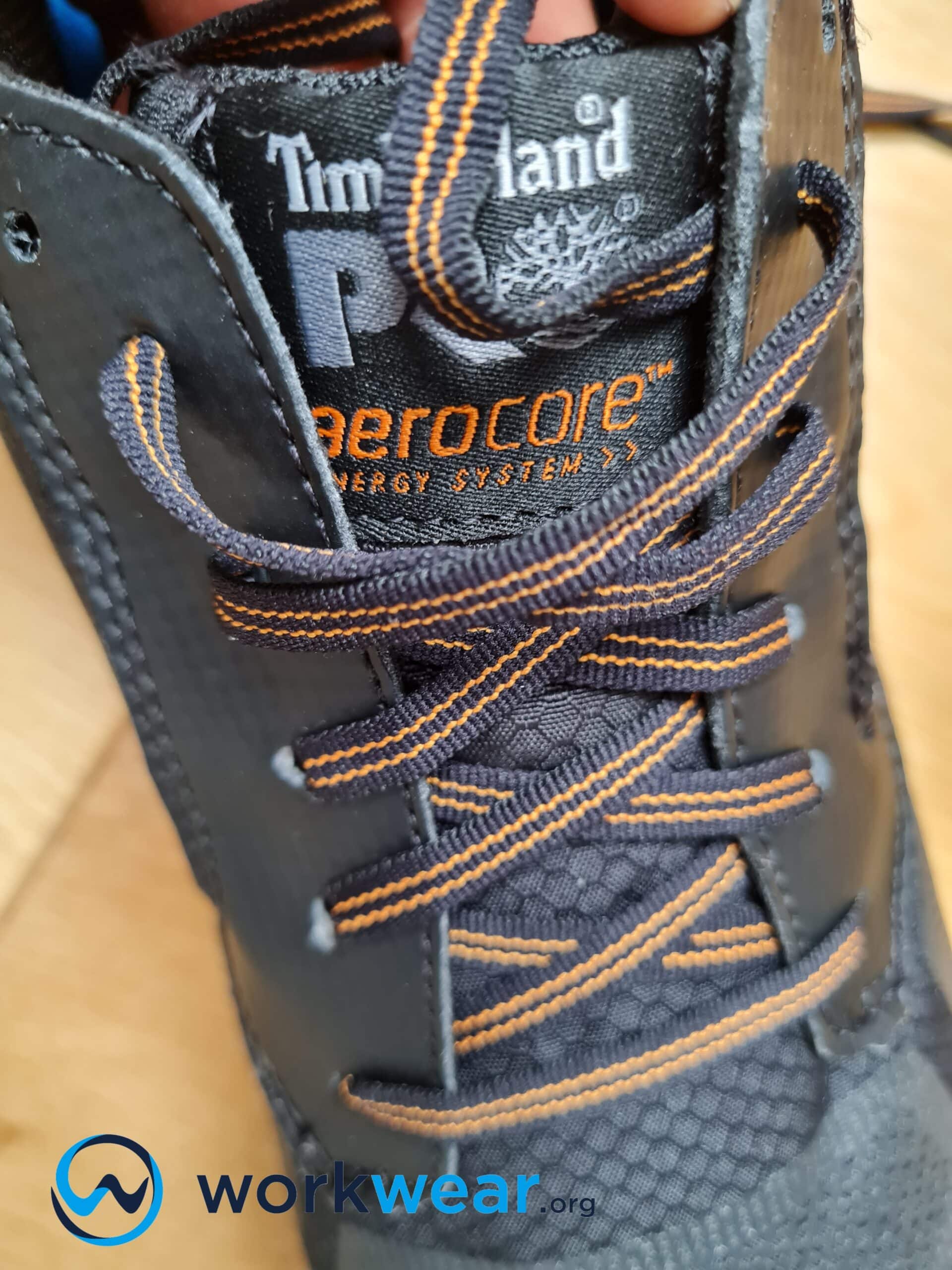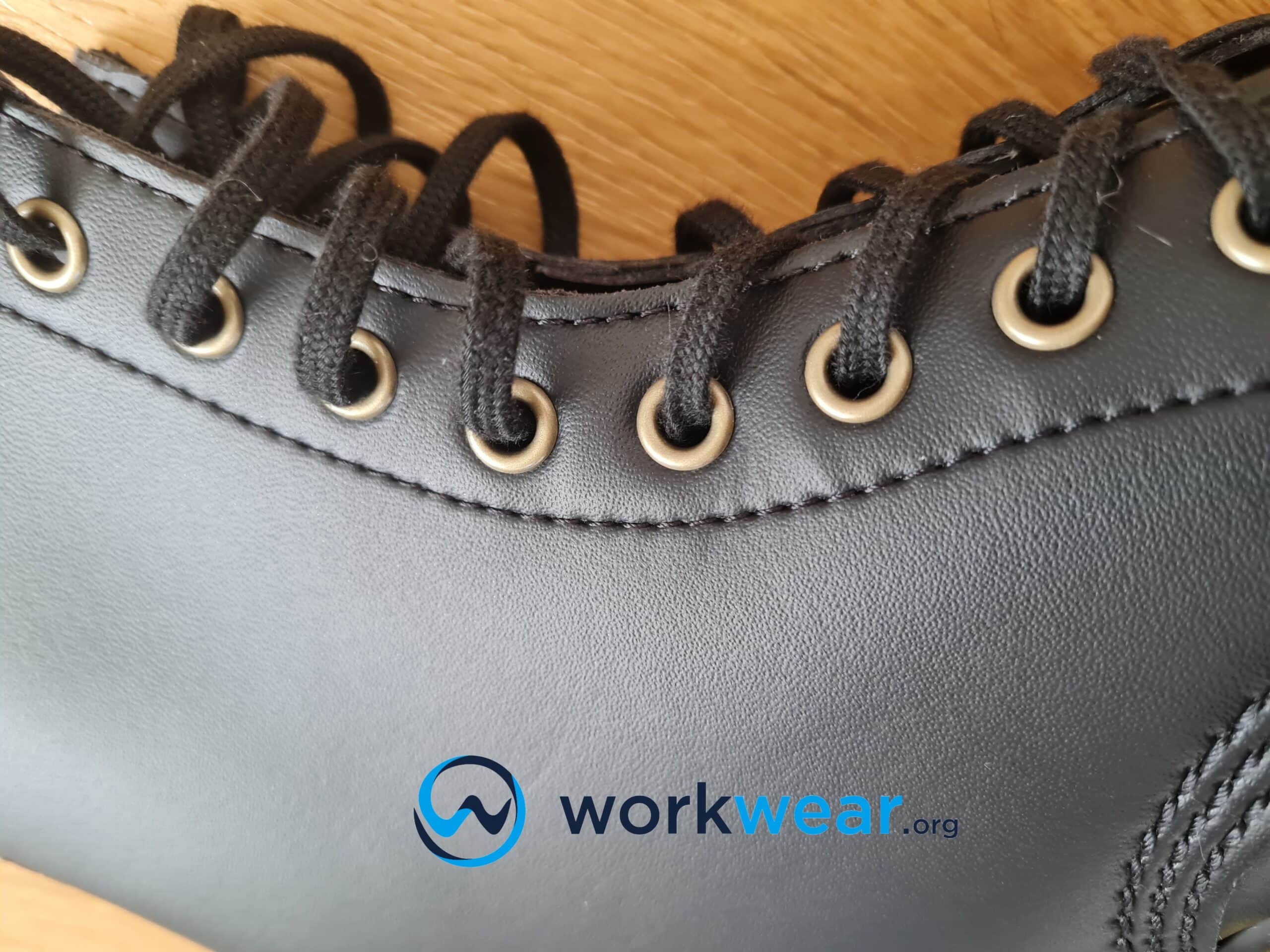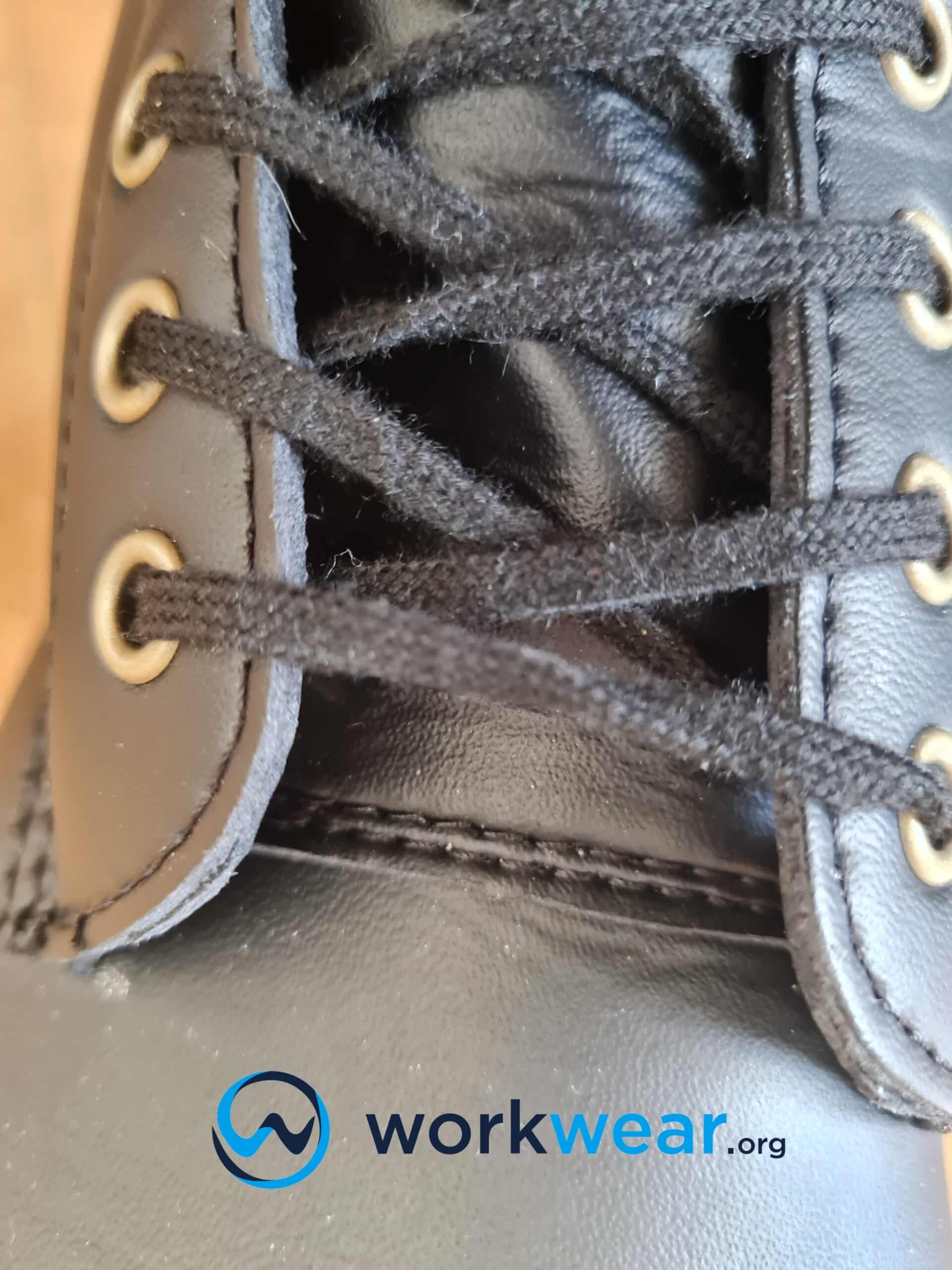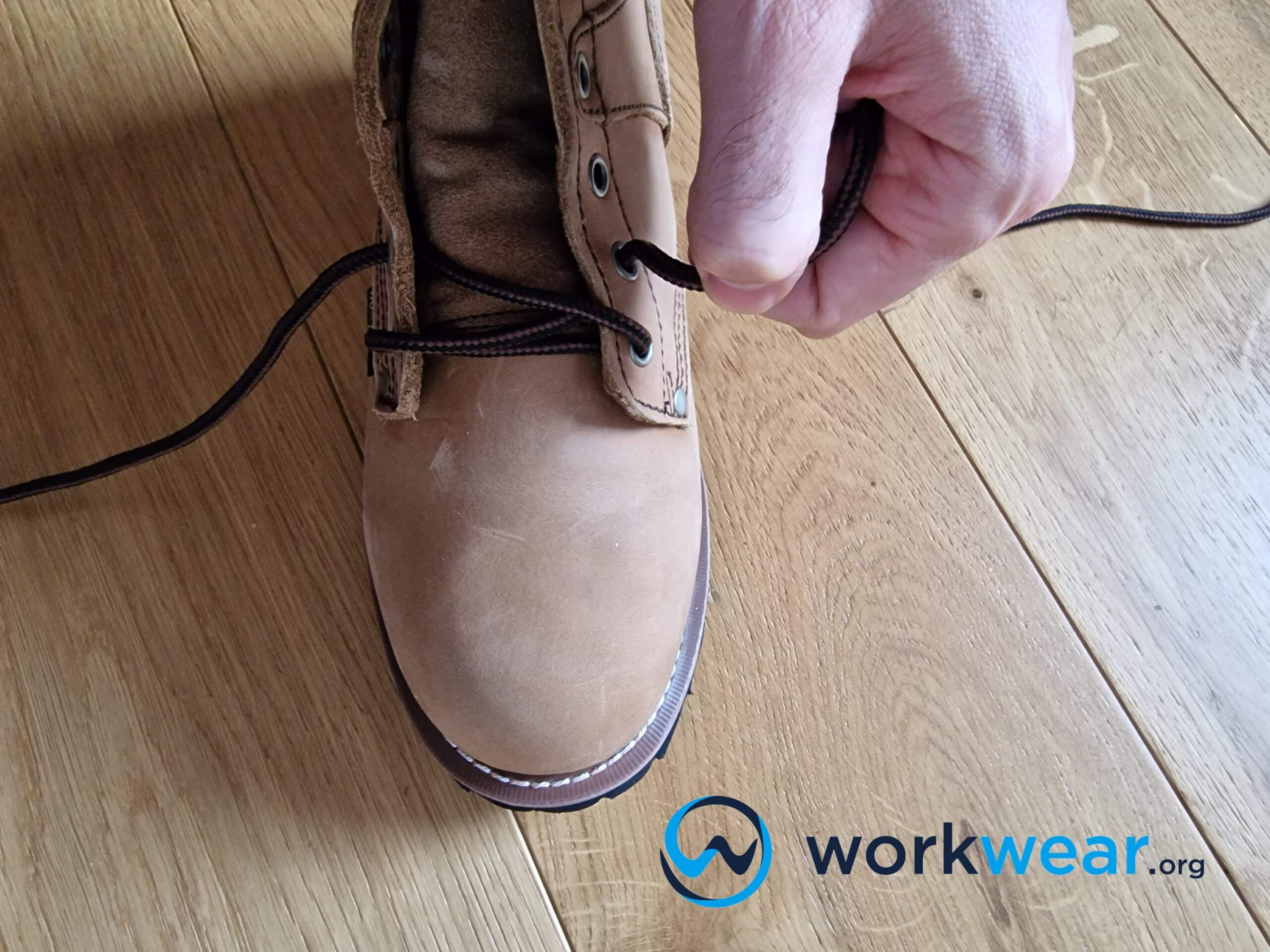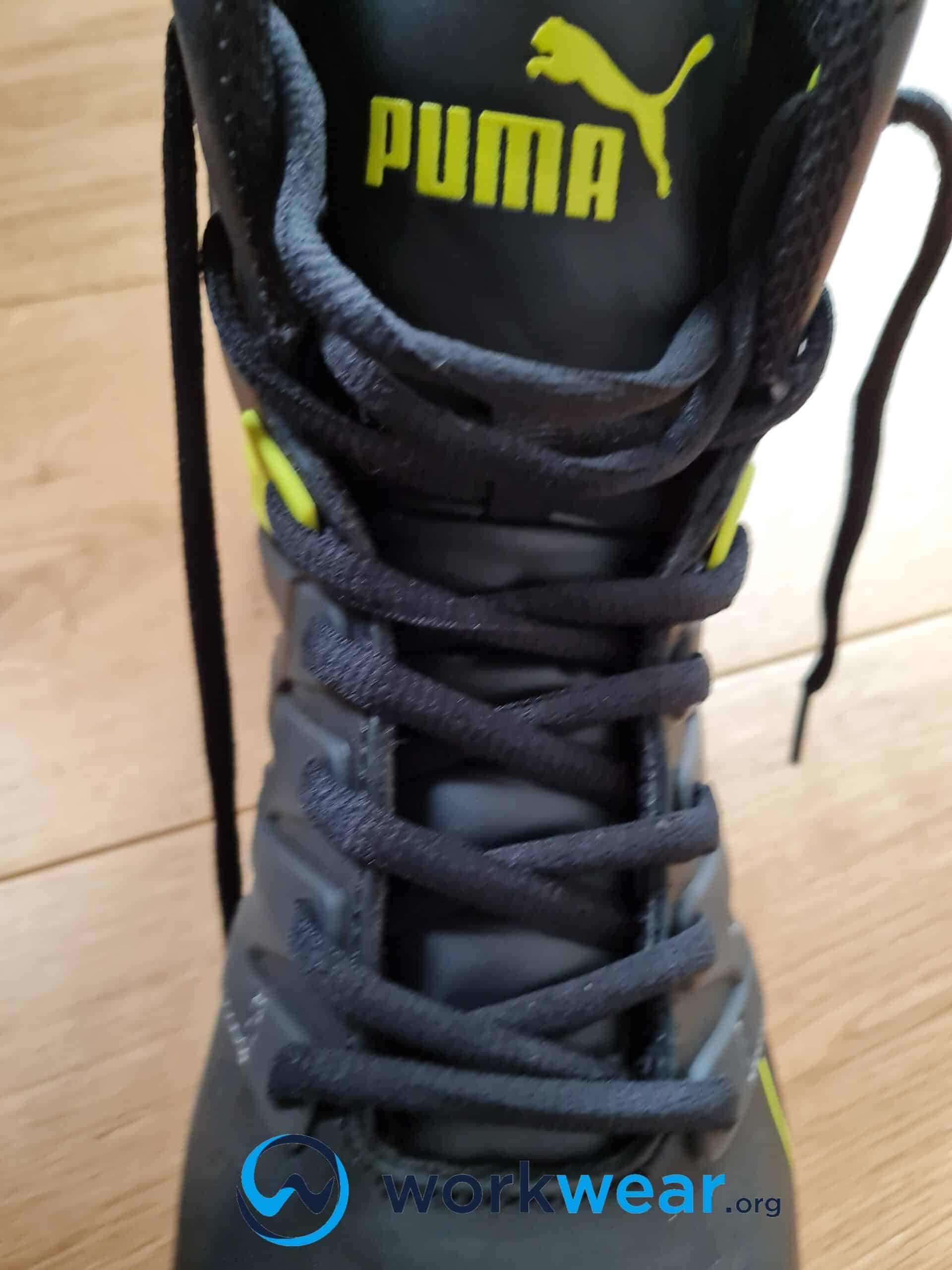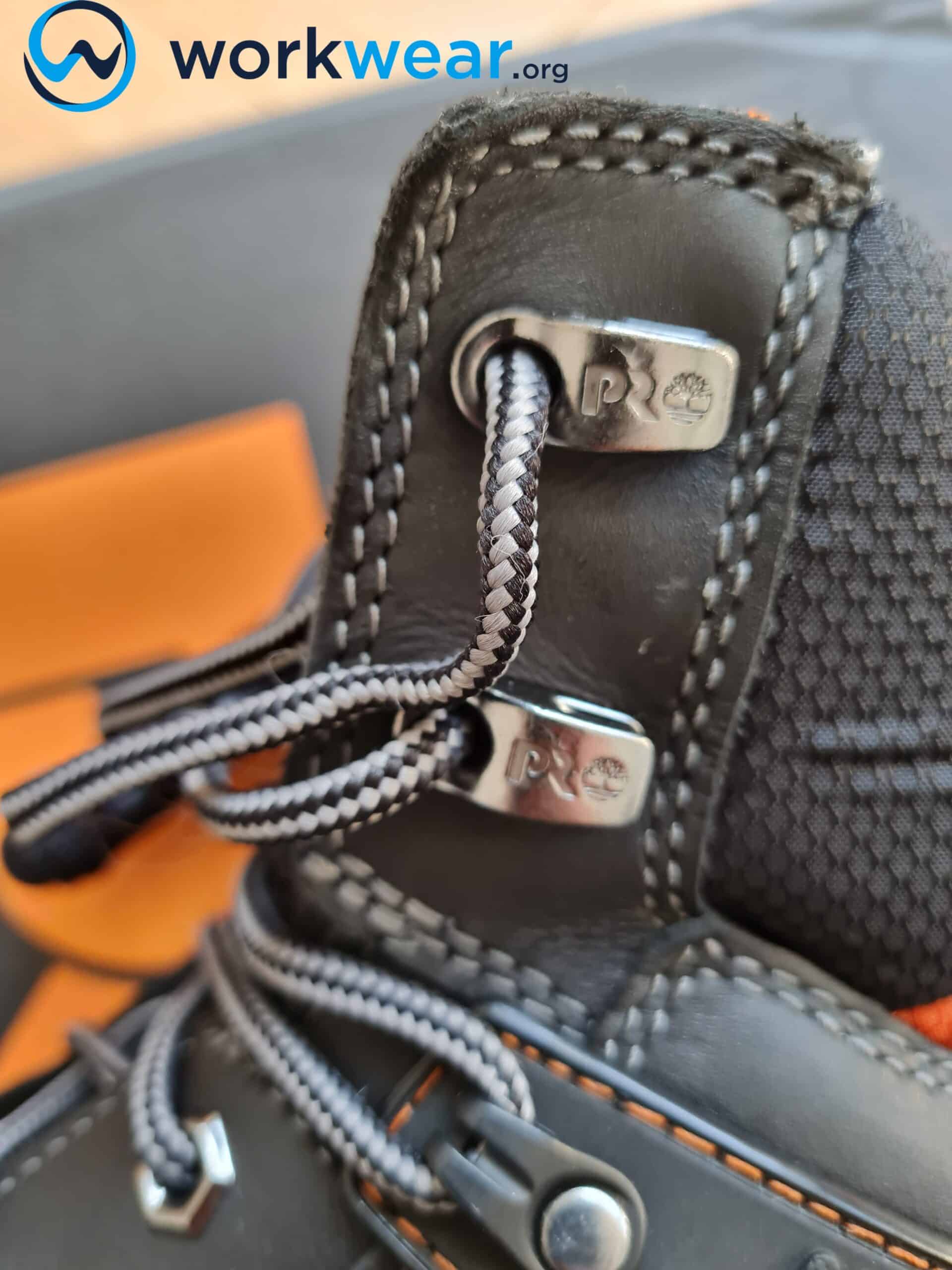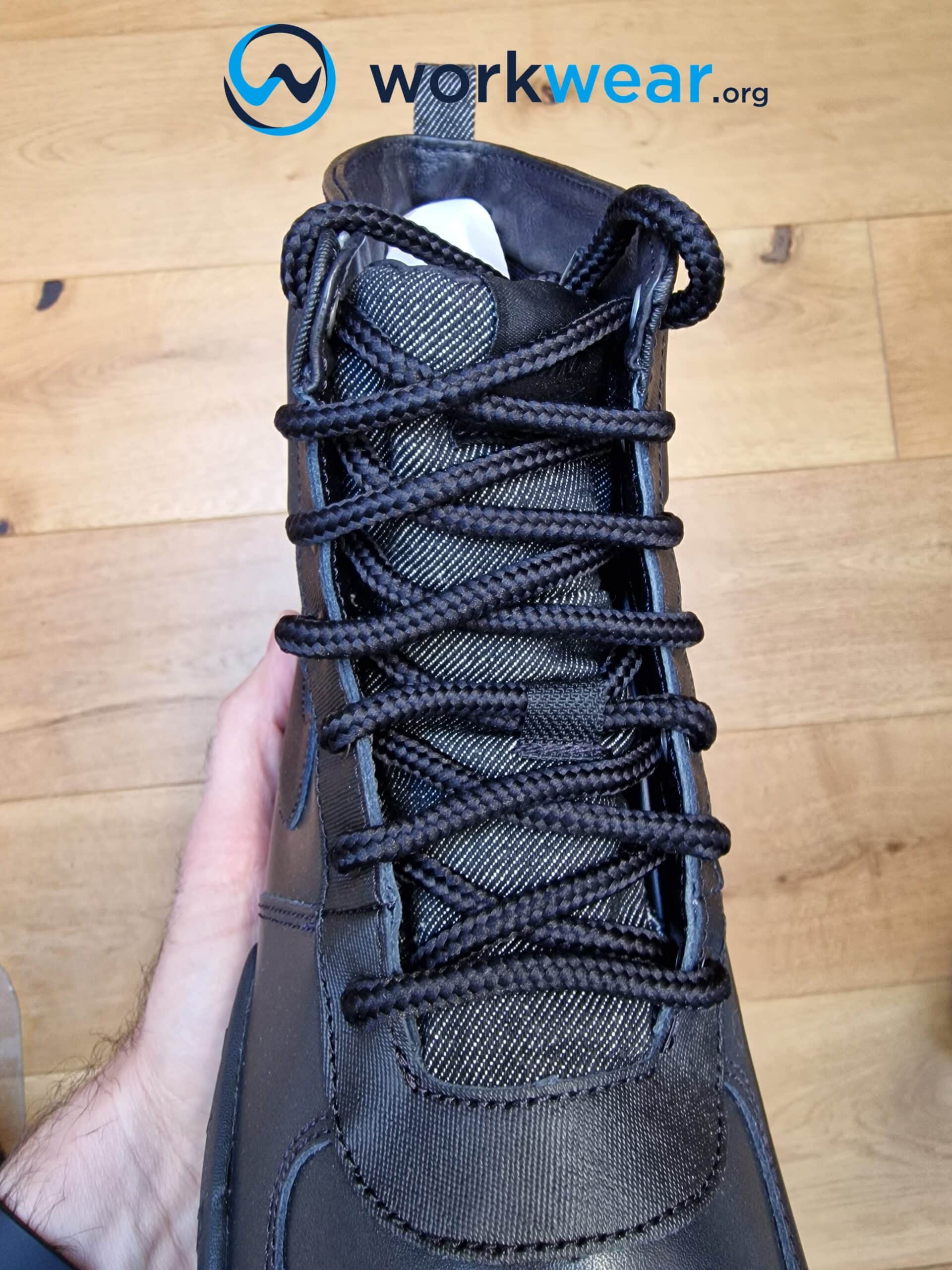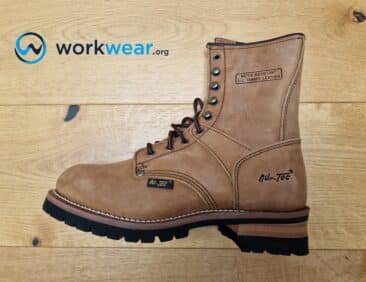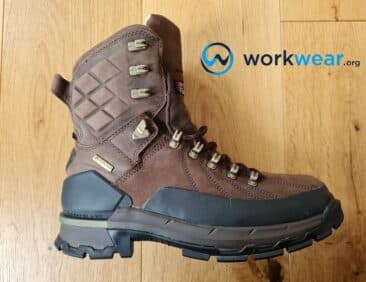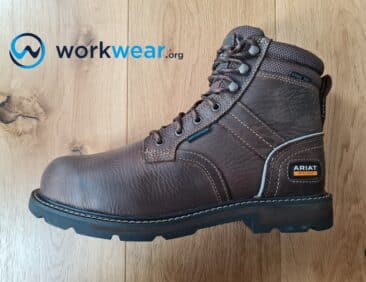Choosing Laces for Work Shoes and Boots

We all know the importance of having a good pair of shoes, especially for work. But, did you know the importance of laces in making those good pairs of shoes?
The key to a comfortable and protective shoe is to have the proper laces. Laces allow shoes to be adjustable, so you can wear them the way it is most comfortable for you. They also provide ankle support that helps prevent injuries.
The proper laces can make the best pair of shoes even better. Here is all you need to know to find the perfect laces for your work shoes and boots.
Finding the Right Length
An ill-fitting lace can be troublesome, but it is also dangerous. Hence, the first thing you need to find is what would be the best length for your laces. There are three methods by which you can find this out.
Measuring Old Laces
Firstly, if you want to replace your old laces, see how they feel. Are the laces just right, or would you prefer them to be longer or shorter?
Keep in mind that different lacing techniques take up different lengths of the laces. While checking how the laces feel, you should keep your shoes laced up the way you mostly do. When you look for your new laces, you will be able to find the ones that suit your lacing technique.
After seeing how you feel about your old laces, pull them out from your footwear and measure them from their ends. You can either take the actual length of the old laces and add or subtract some of their measurements. It depends on how you felt wearing the old laces. You can then find new laces with the same length you calculated from the old ones.
Counting the Eyelet Pairs
Another method involves choosing the length of the laces based on the number of eyelet pairs on your footwear. The eyelets are the holes through which you insert the lace to tie your shoe. By counting the number of eyelet pairs your shoe or boot has, you can find the length you will need for your laces. This method will help a lot if you buy the laces online and don’t have any old laces for reference.
Measuring Old Laces
Firstly, if you want to replace your old laces, see how they feel. Are the laces just right, or would you prefer them to be longer or shorter?
Keep in mind that different lacing techniques take up different lengths of the laces. While checking how the laces feel, you should keep your shoes laced up the way you mostly do. When you look for your new laces, you will be able to find the ones that suit your lacing technique.
After seeing how you feel about your old laces, pull them out from your footwear and measure them from their ends. You can either take the actual length of the old laces and add or subtract some of their measurements. It depends on how you felt wearing the old laces. You can then find new laces with the same length you calculated from the old ones.
Counting the Eyelet Pairs
Another method involves choosing the length of the laces based on the number of eyelet pairs on your footwear. The eyelets are the holes through which you insert the lace to tie your shoe. By counting the number of eyelet pairs your shoe or boot has, you can find the length you will need for your laces. This method will help a lot if you buy the laces online and don’t have any old laces for reference.
You can use the below table to find out the shoelace length for a specific number of eyelets.
Length of Shoelaces based on Eyelet Sets – Guide Table
| PAIRS OF EYELETS |
UPPER SIZE (INCHES) |
SHOE HEIGHT (APPROX – INCHES) |
SHOELACE LENGTHS (INCHES) |
|---|---|---|---|
| 4 |
|
|
|
| 5 |
|
|
|
| 6 |
|
|
|
| 7 |
|
|
|
| 8 |
|
|
|
| 9 |
|
|
|
| 10 |
|
|
|
| 11 |
|
|
|
Standard Lengths for Certain Footwear
Lastly, you can find the needed length for your laces by finding out the standard shoelace length for the kind of footwear you have. This is because certain footwears have specific lace lengths.
You can use the table below to find out the shoelace length for certain types of footwear and the upper size.
Choosing the Proper Material
Once you have found the perfect length for your laces, you can move on to deciding what material you want them to be made out of.
Laces can be made from two kinds of materials; organic materials and synthetic materials.
Organic Materials
Organic materials are the more traditional option wherein the laces are made out of materials used in making rope. These include leather, cotton, and jute.
These materials make laces with a rougher texture and provide a firmer grip on footwear, preventing them from untying quickly. They are also the more popular choice for shoelaces due to their appearance. However, compared to laces made out of synthetic materials, they are more easily worn out by heat and stress.
Synthetic Materials
On the other hand, synthetic materials are the more modern option of the two. These include nylon, textured polyester, and Kevlar. The laces made from synthetic materials have a good texture, but it causes the laces to slide and untie easily. However, compared to laces made from organic materials, they have a longer lifespan, making them a good option.
Checking the Quality Yourself
If you are shopping in person for your shoelaces, you can check the quality of materials used to make the laces yourself. Look at the laces and see if they have been appropriately weaved and are tightly bound together. You can also smell the laces to see whether they have a strong chemical smell. If the laces do, it is better to buy one that does not have a strong smell, as it can be harmful to your health.
Meeting Specific Requirements
The best material for your laces depends on your preference and the kind of footwear you want the laces for. However, for specific requirements, some laces are better than other laces.
Laces that Do Not Break Easily
If you need laces that do not break easily, the best options would be to get either leather laces, Kevlar boot laces, or laces made out of 550 paracords.
- Leather Laces
Leather laces do not break easily because they do not stretch or unravel the way most low-cost and low-quality materials do. Even though leather laces break eventually, they last way longer than laces made from cheaper material; leather laces would also tie up more tightly and for a longer time, in whatever lacing method you prefer, compared to laces made from other materials.
- Kevlar Boot Laces
As for Kevlar boot laces, they are made from the same material used to make bulletproof vests. Hence, it is not surprising that it is more robust and will hold up a boot way better than other laces.
- 550 Paracords Laces
Laces made out of 550 paracords also do not break easily as they have a tensile strength of 550lbs. 550 paracord is a braided cord of nylon fabric that is tightly bound to ensure it has the highest possible tensile strength.
It can also be utilized in numerous other ways and is considered the best possible cord one could have in dealing with situations. Since WORLD WAR II, the US military has used it as a parachute cord. So, if you buy laces made out of 550 paracords, it can make quite a handy shoelace.
Footwear for Hazardous Environments
People who work in hazardous environments need to be protected from any harm that could occur. Shoes play a vital role in providing that protection to workers, and for shoes to carry this role out, they must have the proper laces. If you work in such environments, you must also consider laces with unique features to ensure your safety.
Some laces protect the feet by preventing any harmful substance from entering the shoe. You can also find shoelaces that are firm enough to handle extreme heat, chemicals, water, UV exposure, or even all of them together.
Kevlar boot laces and nylon laces are especially popular with industrial workers as some of them come with coatings that allow them to be resistant to fires and chemicals. As you know, Kevlar is a highly resistant and long-lasting material. Therefore, you can expect it to provide you with the proper protection you need for a very long time.
Footwear for Long Working Hours
Working for long hours can also cause extreme stress, pain, and discomfort. To prevent this from happening, you can get a custom-fit set of laces that reduce the strain on your feet and allow you to be on your feet working for long durations without feeling any significant discomfort.
Most times, all these different features are combined to provide you with laces that guarantee your comfort and well-being and make your footwear even better.
Finding the Perfect Style and Design
After you have decided on the proper material for your laces, you can then decide on the style and design you want for your laces.
- Laces Styles
There is a range of different styles that you can choose from. These include flat laces, round laces, no-tie laces, bubble laces, and oval laces. The most commonly used styles are flat, round, and no-tie laces.
- Flat Laces
The best style for work shoes and boots would be the flat laces. This is because this lace style is the best option when multi-directional movements are involved. They are also the best to use for extended periods as they stay tied together longer than the other lace styles. By offering more comfort against the upper portion of the foot than different styles, flat laces keep the foot more secure and safe. As they lay flat, they also feel more comfortable against the top of your foot.
- Round Laces
Another commonly used style is round laces. These laces have a smaller surface area, and hence, they cause a greater concentration of force on the top of the foot. This does lead to round laces being easily untied, unlike other laces. However, its perfectly symmetrical shape makes it the most aesthetically pleasing style.
- No-Tie Laces
No-tie laces are also a commonly used style for laces. They offer a solution to people’s problems with regular shoelaces, such as having to tie them again when they come undone or preventing them from getting dirty. No-tie laces are also an excellent option for anyone with mobility issues. When it comes to appearances, these laces give the footwear a clean, sleek look, which is especially good if you work in an office space.
- Bubble Laces
The less commonly used styles also have their strengths. The bubble laces style provides a secure fit for your footwear. Any loosening or unravelling of knots is highly unlikely as they stay tightly tied together.
- Oval Laces
Oval laces are made up of a synthetic mesh welded together at the sides. The significant advantages of oval laces are their ability to conform to the contours on the top of the foot, which allows the load of the laces to be spread evenly. This also enables the laces to have an excellent grip which causes them to stay tied together. If your job requires you to run around a lot, oval laces are the perfect style for you.
One thing to remember is that when it comes to working boots, regardless of the specific features of all these different lace styles, if the tongue part of the boot is thick enough, the type of the lace will not make much of a difference. In this case, you only need to ensure that the laces fit through the eyelets and that you like the way they look on your footwear.
Designs for Laces
When choosing the design of the laces, you will find that most laces are designed to be tied at the ends. However, recently many new designs have been made. These are referred to as ‘quick fasten’ laces. These designs primarily consist of a curved metal tip that draws back as you push them into the hole. They can also be pushed to undo the laces. This ensures a secure fastening system that makes removing or putting on your shoe easier for you.
Picking the Perfect Color
After deciding on all the other factors, you can finally pick the color of your laces. Whichever color you want you could very well find. The colors in which laces are available are endless. Though for workplace footwear, people mostly choose laces in neutral or the same color as their footwear. If you want a more colored lace, the best choice would be to go for dark colors when you work outside and light colors for when you work in an office or chamber.
Conclusion
As mentioned above, the proper laces can take your footwear to an even better level. They hold a more important role than most of us could ever imagine. You do have the opportunity to personalize your laces, so they fit your style. However, you should keep all the requirements of your workplace in mind to ensure that the laces you end up with actually give you the comfort and safety you will need.
